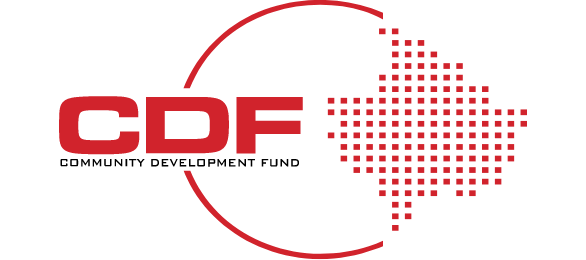For Micro, Small, and Medium Enterprises (MSMEs) in Kosovo, scaling is a critical objective that offers the promise of increased revenue, market share, and business resilience. Financial Key Performance Indicators (KPIs) serve as invaluable tools in guiding this growth and helping businesses to execute effective scaling approaches. This comprehensive guide aims to help Kosovo’s MSMEs understand, create, and apply financial KPIs to drive their business growth.
The Role of Financial KPIs in Scaling
- Resource Optimization: Financial KPIs assist in optimal resource allocation during the scaling process, ensuring you maximize ROI.
- Performance Benchmarking: KPIs provide a standard for evaluating your business performance against industry norms and competitors as you scale.
- Investment Justification: Clear, quantitative KPIs can make it easier to secure investment for scaling activities, an especially pertinent point in Kosovo where investment can be challenging to obtain.
Types of Financial KPIs for Scaling
- Revenue Growth Rate: Measures the speed at which your revenue is increasing.
- Gross Profit Margin: Indicates the profitability of your core business activities.
- Customer Lifetime Value (CLV): Helps you understand the long-term value of acquiring a new customer.
Formulating KPIs: The Strategy
- Alignment with Objectives: Ensure your KPIs align with your business objectives for scaling.
- Measurability: Choose KPIs that can be easily measured and tracked over time.
- Time-Frame: Set a specific time-frame for evaluating each KPI.
Utilizing KPIs for Decision-Making
- Resource Allocation: Use KPIs to identify the areas of business that will benefit most from additional resources.
- Investment Targeting: KPI data can guide you in approaching the right types of investors.
- Operational Improvements: KPIs can highlight areas in your business processes that may need refinement to achieve effective scaling.
Technology and KPIs
- Dashboard Software: Utilize KPI dashboard software for real-time tracking.
- Data Analytics: Use advanced analytics tools to delve deeper into what each KPI is indicating.
Key Performance Indicators (KPIs)
- Scale Efficiency: The rate at which scaling efforts result in increased revenue or market share.
- Investor Attraction Rate: Measures the effectiveness of your KPIs in attracting investors.
- KPI Achievement Rate: The percentage of set KPIs that were achieved within the given timeframe.








